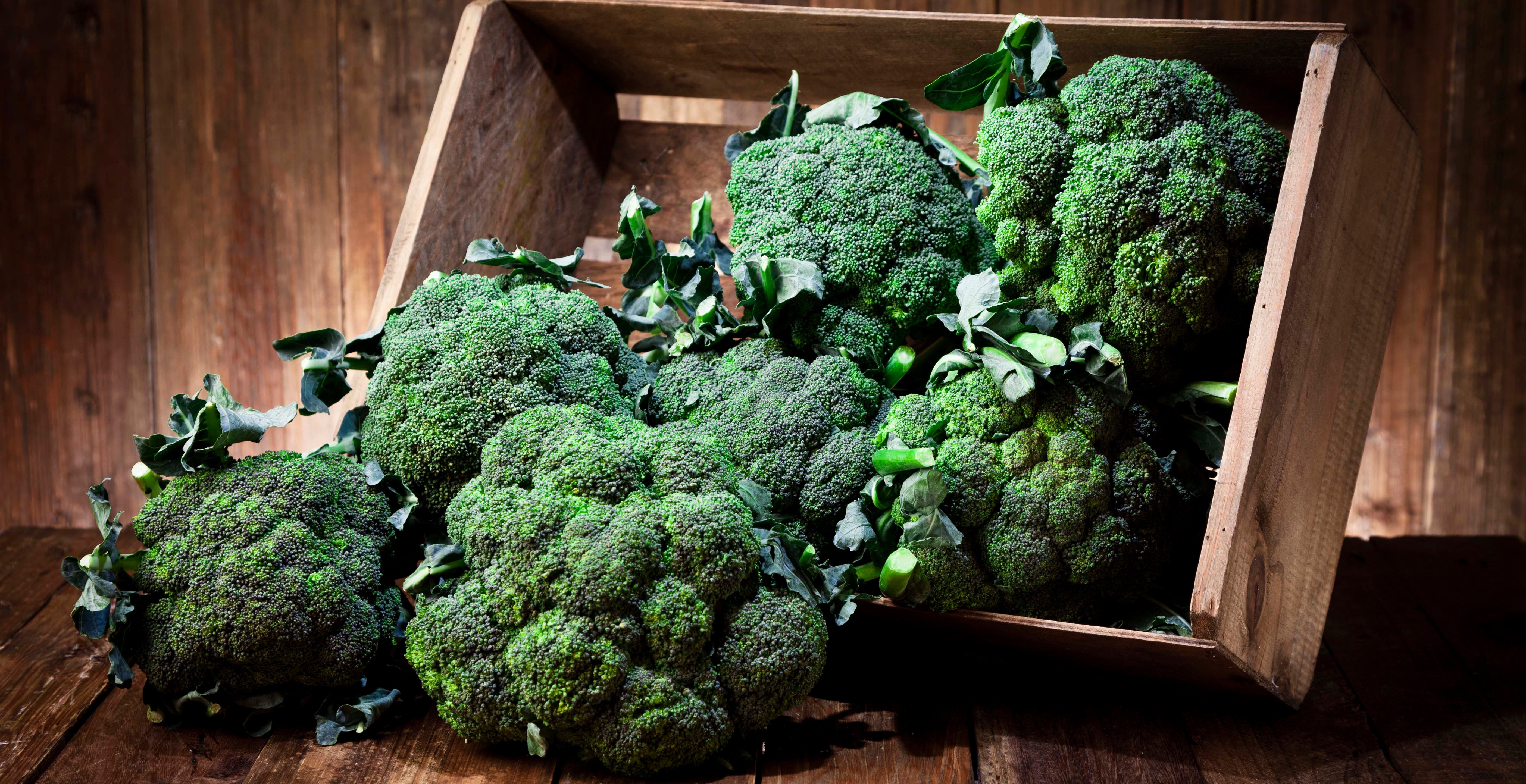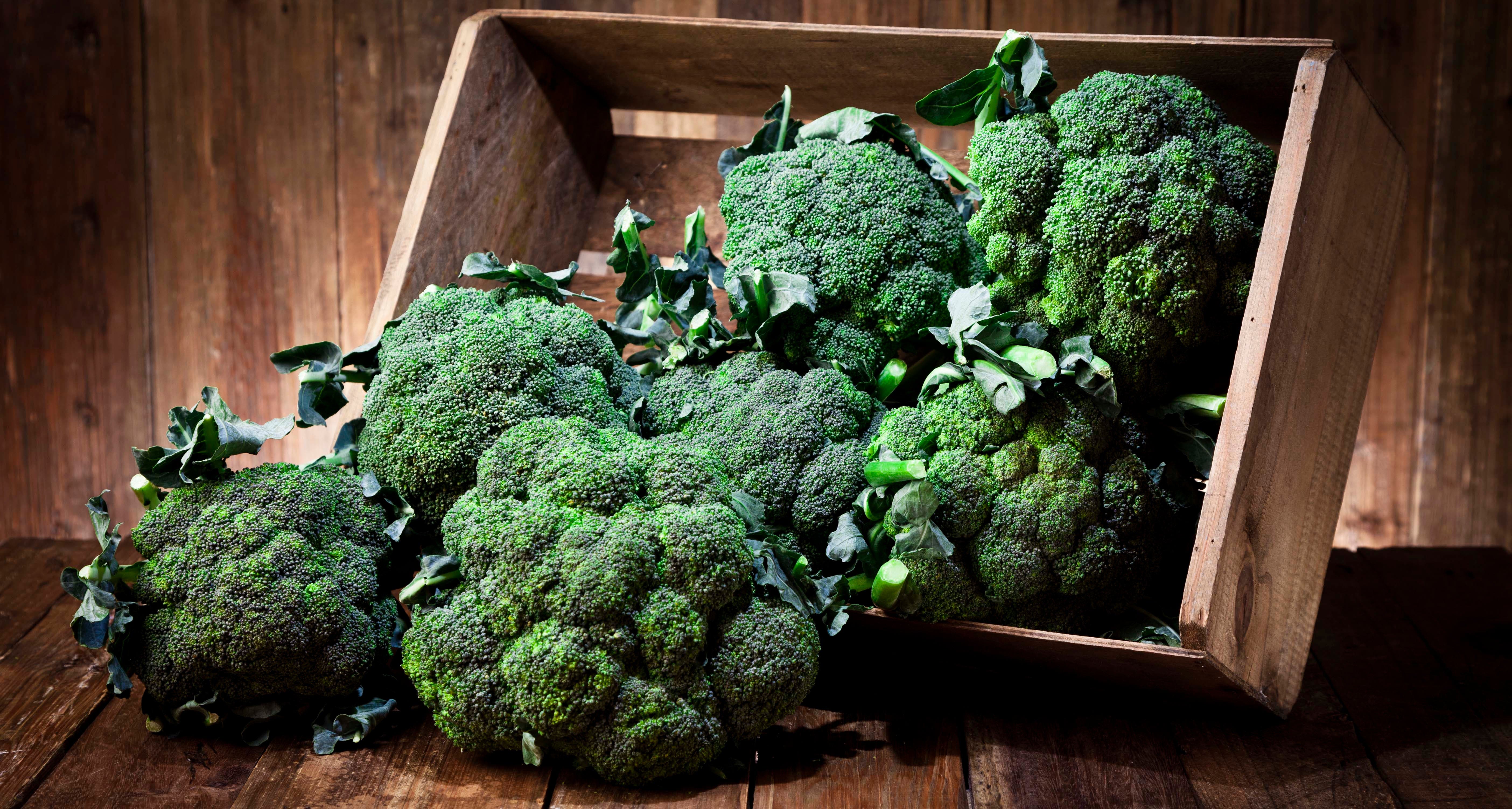Get to Know Broccoli Better


Although many people remember broccoli as the green vegetable they were forced to eat as a child, this powerhouse food is a fantastic source of many nutrients and vitamins and it also happens to be delicious. Like many other members of the Brassica oleracea family, including cabbage, Brussels sprouts, and kale, broccoli has been the victim of overcooking, resulting in an unpleasantly bitter and sulfuric-tasting end result. Reacquainting yourself with broccoli is well-worth it not only for its nutritional value, but also for its fantastic taste when prepared correctly.
Broccoli nutrition 101
Like many other fruits and vegetables, broccoli has a high water content making it incredibly low in calories. A single serving of broccoli contains high amounts of fibre, vitamin C and K, iron, folate, potassium, and even boasts a relatively high amount of protein for a vegetable. Broccoli, along with other vegetables in its family, has been shown to contain large amounts of sulforaphane, a chemical compound that has demonstrated anti-cancer properties in clinical studies. Due to its robust concentrations of vitamin C, broccoli is full of powerful antioxidants that may also help with cancer prevention.
How to prepare broccoli
In order to fully take advantage of broccoli’s all-star nutritional roster it’s important to avoid overcooking. Ideally, broccoli should be lightly steamed or sautéed to the point that it’s still slightly crisp but tender. Broccoli can be of the dark green varietal (most common here in Canada), although it can sometimes be found in farmers markets or specialty grocery stores in its purple or bright green version. The broccoli’s crown, or the part that looks like the leafy green branches of a tree, is entirely edible and should be washed and trimmed before cooking, making sure to cute the florets into roughly the same size so that they’ll cook at equal times. The stalk is also edible and has a delicate sweet flavour compared to the rest of the bunch, peel off the tough outer skin and slice thinly to be cooked or eaten raw.
Roasted broccoli
Roasting broccoli until it begins to caramelize is an excellent way to deepen its flavour and up the umami factor. Toss broccoli florets in a small amount of olive oil and season with salt and pepper, roast in a hot oven for half an hour, making sure to stir the broccoli every 10 minutes to ensure even cooking. Try adding cloves of garlic or lemon wedges, roasted broccoli is conducive to many different flavour additions. Top with grated Parmesan cheese, hot chili flakes or fresh herbs to finish.
Broccoli salads
Broccoli is a perfect salad bowl offering, it offers crunch and bulk while marrying well with other salad ingredients. Buy pre-shredded broccoli slaw or shred your own to add to coleslaws and other crunchy salads. Shredded broccoli salad packed with cucumbers, red pepper strips, and roasted peanuts with a coconut milk and peanut butter dressing is a protein-packed lunch or dinner option that can be eaten on the go. Make an updated version of a broccoli, grape and walnut salad by making a dressing out of Greek yogourt instead of mayo and adding fresh parsley, Dijon mustard, and a drizzle of honey.
